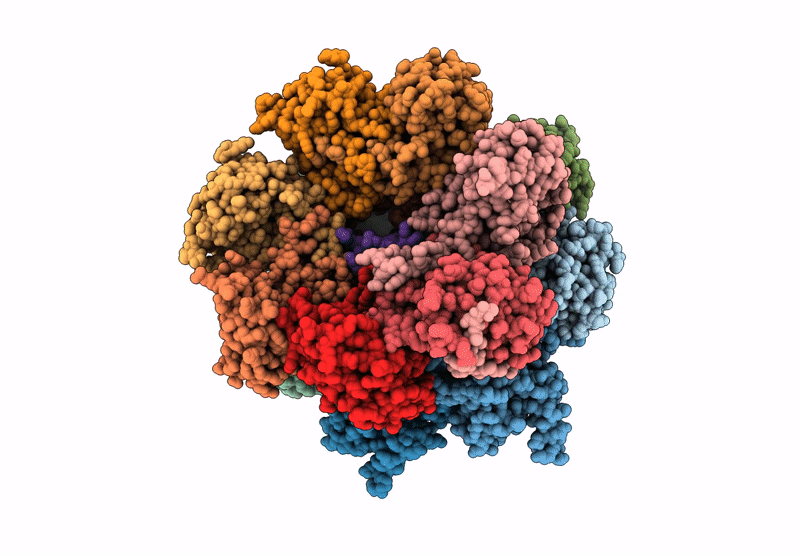
Deposition Date
2024-02-29
Release Date
2025-01-15
Last Version Date
2025-07-02
Entry Detail
PDB ID:
8YIX
Keywords:
Title:
Cryo-EM structure of human proteasome assembly intermediate half-proteasome
Biological Source:
Source Organism:
Homo sapiens (Taxon ID: 9606)
Method Details:
Experimental Method:
Resolution:
2.91 Å
Aggregation State:
PARTICLE
Reconstruction Method:
SINGLE PARTICLE


